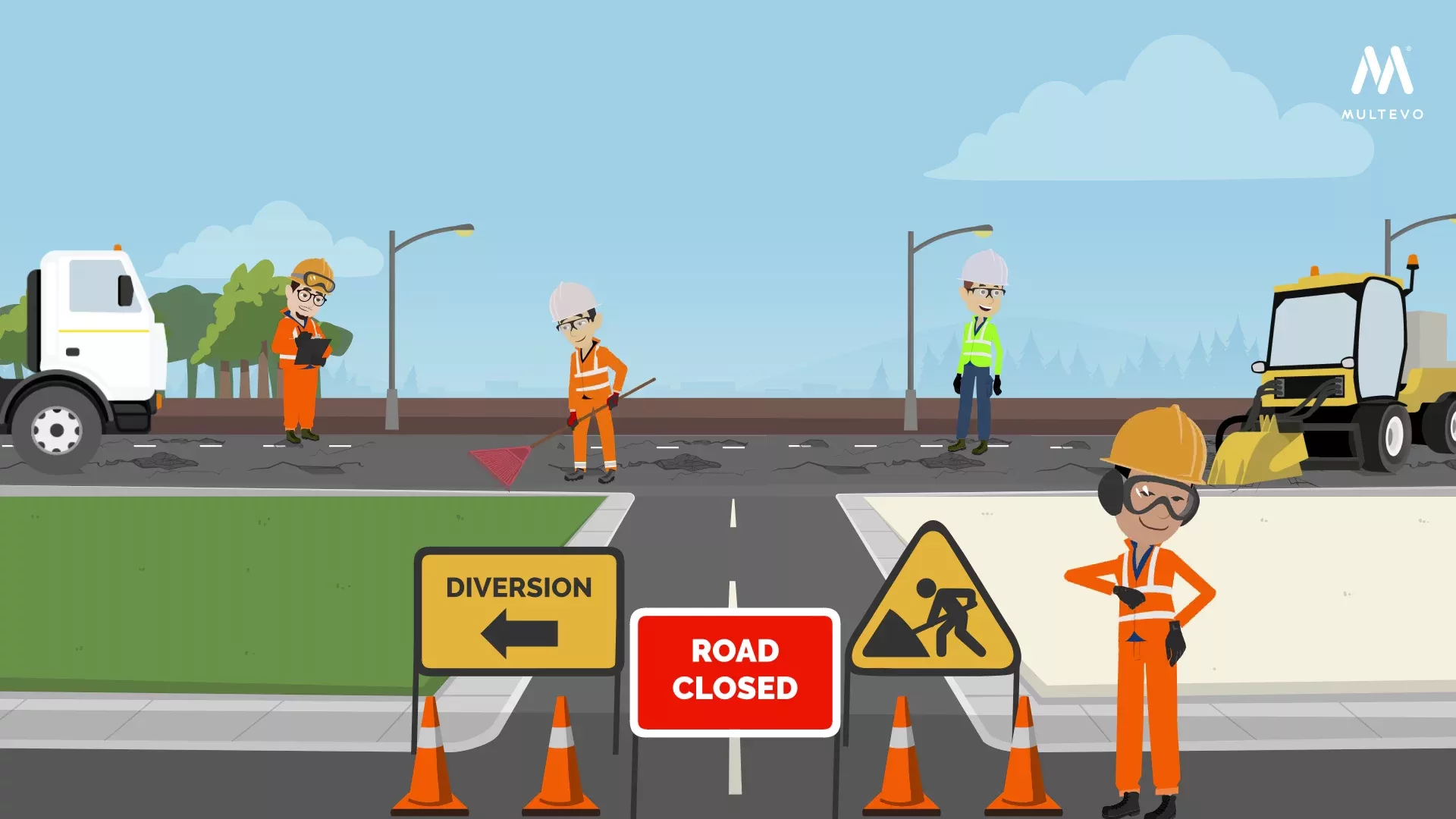By the Multevo team
New ways of working are required to face the ever-increasing demand of managing and maintaining highways assets efficiently and safely; but how is this achieved with limited resource and changing budgets?
More local authorities and principal contractors are introducing an ‘alliance’ approach to highway maintenance, which can involve supply chain integration, collaboration, and autonomy.
Embedding collaboration into all processes within a project creates a sense of a shared goal in maintaining highways assets to a high and safe standard, which ultimately generates better results.
Councils and principal contractors face added pressures outside of service delivery, including dealing with claims, planning of works, and managing a vast amount of supply chain partners.
The planning of works including site surveys, raising permits, designing traffic management, and scheduling works is just as important as service delivery. Effective planning mitigates the risk of programme disruptions whilst increases stakeholder satisfaction amongst residents and road users.
In terms of highway maintenance, getting the right balance between productivity and quality whilst maintaining high health and safety standards across different third parties can be time consuming. This is even more important when it comes to fighting a backlog of potholes, defects, and patch repairs.
The Multevo model of service delivery puts collaboration at its core. Working closely with clients to ensure this is achieved through establishing dedicated contract back-office teams to support where extra help may be needed, assisting with the raising of permits, CAD designs and scheduling of works for example. The benefit of this approach includes increased communication, a better understanding of the network and team integration. This then leads to an efficient service delivery with the right treatments identified, correct traffic management in place and consistent teams working on the network from one trusted supplier.
In addition, the Multevo model of service delivery takes full ownership of monitoring quality, health and safety using the Multevo App. This digitised approach provides full transparency with information reported in real-time. This includes square meterage, depth control, audits, vehicle checks and HAVS exposure monitoring all with pictorial evidence.
The approach is to work independently whilst integrating operatives, supervisors, surveyors and contract management with the principal contractor and clients’ own operational teams, as an extension of in-house capabilities.
Does it make a difference? An excellent testimony to this can be seen in the Shropshire Highways Alliance where a forward-thinking client and principal contractor had an ambition to deliver services differently and embraced a mixed economy.
Multevo joined the Shropshire Highways Alliance in March 2021 delivering their turnkey solution and figures have proven the collaborative concept with over 180,000 square metres of permanent pothole, defect and patch repairs carried out across the network. The Multevo method as well as supplementary approaches undertaken by the Alliance as a whole, has resulted in outstanding defects reducing by 60% and a fix-first-time rate of near to 90%.
In Shropshire, Multevo’s all-encompassing service has 80 individuals employed locally and dedicated to the contract, greatly benefiting the community. Importantly, stakeholder satisfaction has been increased as residents and councillors can see the improvements on the network.
Multevo’s latest animation provides an overview of this collaborative ‘turnkey’ solution to service delivery. Their solution is designed to enhance operational efficiencies, provide resource support, and optimise outputs through a range of added services.





















